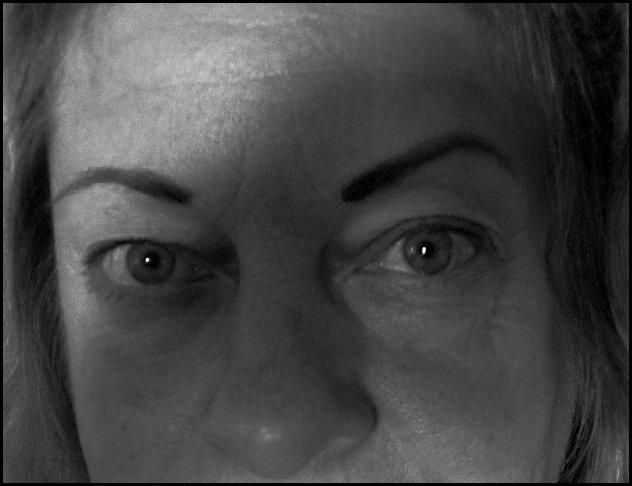From our summer trip to the Prairies
One of my photos of the plant
Common Name: Lesser BladderwortScientific Name: Utricularia minor
You may have heard of the Venus flytrap (Dionaea muscipula) and its carnivorous eating habits, but did you know that there are other plants that hunt? In fact, the bladderwort plant (Utricularia) is 100 times faster than the Venus flytrap.
-----
The bladderwort plant lives in fresh water and is such a successful hunter that it doesn’t grow any roots. This plant catches its prey by using tiny capsules, which have doors on them that are lined with very sensitive bristles. If a small water creature touches the bristles “smooosh” goes the door and the prey is tightly sealed inside. The bladderwort then secrets acids to digests its prey and within two hours the plant is ready to reset the trap to try and catch another tasty snack.
True free-floating bladderworts are annual plants that lack roots but have flowers on erect stems above the water. The entire floating plant is only about 8 inches tall. Flowers emerge above the surface and are yellowish with 3-lobes and a spur underneath. Underwater the leaf branches or petioles are fleshy and inflated with air which allows them to float. Leaves are whorled with 4 to 10 lateral leaves which fork often giving them a very delicate capillary appearance. Bladderworts are unique in that the underwater leaves bear small oval “bladders” that trap and digest small aquatic creatures. Bladderworts are usually found in quiet shallow, acidic waters and can form dense mats.
Submerged portions of all aquatic plants provide habitats for many micro and macro invertebrates. These invertebrates in turn are used as food by fish and other wildlife species (e.g. amphibians, reptiles, ducks, etc.). After aquatic plants die, their decomposition by bacteria and fungi provides food (called “detritus”) for many aquatic invertebrates. Bladderwort has no known direct food value to wildlife.
------------- some quotes from web pages. I did not know what this plant was, until I looked it up
We had a lunch stop at a lovely little park along the Assiniboine River where these lilies were growing.
A wild orchid in captivity. I cloned the messy background to black to feature the flowers.
Roadside wild flowers, mostly clover in this photo.
More from our lunch stop along the Assiniboine River.
As we drove on into Manitoba the sky and atmosphere was still polluted with smoke from the huge forest fires in Northern Saskatchewan. Last year there were floods, this year it was fires.
In my garden the trees are dressed in their Autumn best. The figs are on the last of their crop production. We have had over 100 figs this year. I have a few preserved in syrup and frozen, for safe keeping. There is leaf raking to be done, but the front tree still has most of its gorgeous color hanging on.
I have been reading a lot lately. I finished the William Lyon Mckenzie King book by Allan Levine, recently. A very good read. I am almost finished the I am Cyrus book. A romantized version of his life, I am sure, but a fun, easy read. For more historic information there is Jacob Abbott's historical version. I have acquired Ray Kurzweil's The Age of Spiritual Machines, on my ipad. It was written in 1999 and is a futuristic look at where technology is taking us at a faster and faster pace, until homo sapiens evolve into machines, before the 21st century is out. It seems to me that technology is progressing at a dizzying pace, so he may be right. No doubt these fantastic computers will be able to solve all of our ecological problems. Since we won't have to eat, any longer, that should not matter, too much. It is a fantastic read, and reads like science fiction, but if you look at the author's credentials, you may want to get a copy of his book (s) too.








No comments:
Post a Comment